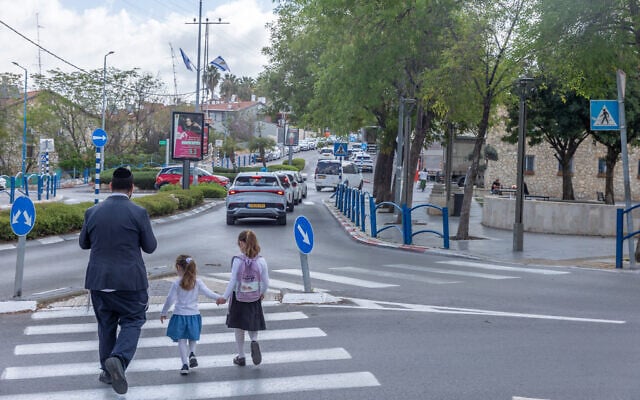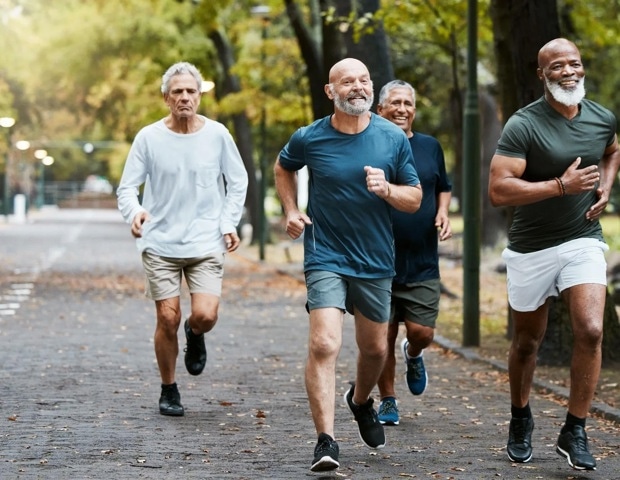Report on a German Cultural Event’s Alignment with Sustainable Development Goals
Introduction: The Intersection of Art, Agriculture, and Sustainability
An artistic exhibition in Germany, featuring large-scale sculptures crafted from pumpkins, serves as a notable case study for the integration of cultural events with the United Nations Sustainable Development Goals (SDGs). The event, themed to celebrate the power and influence of women, demonstrates a multi-faceted approach to promoting gender equality, sustainable consumption, and community development.
Analysis of SDG Contributions
The event’s structure and theme directly and indirectly support several key SDGs:
- SDG 5: Gender Equality
- The central theme of “Women’s Power” actively promotes gender equality by celebrating the achievements of influential women in history and contemporary society.
- By creating public art that depicts female leaders, scientists, and artists, the exhibition provides powerful role models, challenging gender stereotypes and fostering public discourse on female empowerment.
- SDG 12: Responsible Consumption and Production
- The primary artistic medium, pumpkins, are sourced from local and regional agriculture, promoting sustainable farming practices and reducing transportation-related carbon emissions.
- A circular economy model is employed, as the pumpkins are repurposed for food consumption or composted for agricultural use after the exhibition concludes, minimizing waste and contributing to sustainable food systems.
- SDG 11: Sustainable Cities and Communities
- The festival enhances cultural life and fosters a sense of community identity and pride.
- It attracts tourism, which supports local economies while utilizing public spaces for inclusive and accessible cultural engagement.
- SDG 8: Decent Work and Economic Growth
- The event generates seasonal employment for artists, event staff, and agricultural producers.
- It stimulates the local economy through tourism, supporting small businesses in the hospitality and retail sectors.
- SDG 4: Quality Education
- The sculptures serve as an informal educational tool, informing the public about the contributions of the women depicted.
- The event provides a platform for learning about sustainable agriculture and the importance of reducing food waste.
Conclusion and Recommendations
The pumpkin sculpture exhibition exemplifies how cultural events can be powerful vehicles for advancing the Sustainable Development Goals. It successfully merges artistic expression with social commentary and environmental responsibility.
- Key Finding: The event’s primary strength lies in its direct promotion of SDG 5 (Gender Equality) through its thematic focus, supported by strong adherence to the principles of SDG 12 (Responsible Consumption and Production).
- Recommendation: Organizers of similar public events should adopt this model to integrate SDG principles, particularly by linking cultural themes to tangible actions in sustainable sourcing, waste management, and community economic benefit.
Sustainable Development Goals (SDGs) Analysis
1. Which SDGs are addressed or connected to the issues highlighted in the article?
- The provided article does not contain information that addresses or connects to any of the Sustainable Development Goals.
- The text is a standard website footer. Its content is limited to:
- Copyright information (© 2025 Cox Media Group).
- Links to corporate pages such as “careers,” “Visitor Agreement,” and “Privacy Policy.”
- User preference links like “Ad Choices,” “Manage Cookie Preferences,” and “Do Not Sell or Share My Personal Information.”
- There is no discussion of substantive issues related to poverty, hunger, health, education, gender equality, climate change, or any other area covered by the SDGs.
2. What specific targets under those SDGs can be identified based on the article’s content?
- No specific SDG targets can be identified from the article’s content.
- Because the text does not address any SDGs, it subsequently does not contain any information that aligns with the specific targets designed to achieve those goals.
3. Are there any indicators mentioned or implied in the article that can be used to measure progress towards the identified targets?
- The article does not mention or imply any indicators for measuring progress.
- The text is devoid of any data, statistics, or metrics that could serve as indicators for tracking progress on SDG targets.
4. Create a table with three columns titled ‘SDGs, Targets and Indicators’ to present the findings from analyzing the article.
| SDGs | Targets | Indicators |
|---|---|---|
| No SDGs were identified in the article. | No corresponding targets were identified in the article. | No corresponding indicators were identified in the article. |
Source: whio.com







